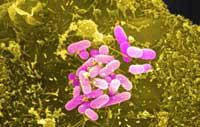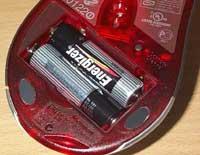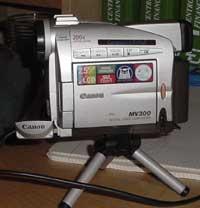Biopilas: piles of the future

We know that bacteria, these living microorganisms, are capable of producing electricity. But the production that is achieved is usually null. This summer, the results of electrochemical researcher Uwe Schröder, professor at the Greifswald University in Germany, have shown us that sleep can become a reality. The German researcher has achieved most of the current obtained so far with microorganisms. This result can be a great advance in the production of future bacterial biopilas or batteries.
What does the biopile consist of?
A stack that works with bacteria would revolutionize the world of energy. Purely chemical technologies, such as hydrogen, methane or methanol, produce electricity. In addition, they usually contain many platinum to produce chemical reactions. This makes the product very expensive. However, in the biopile, platinum is replaced by bacteria that are free. It can also be replaced by dirty sewer water with organic matter, for example...

Try to imagine a mobile phone that can be loaded using a cartridge with dirty water. The bacterial stack would be approximately that. A pile composed of microbes that produce a renewable electric current through live, cheap batteries and organic matter. Classic fuels, in addition to expensive, ingest hydrogen and methanol, so the solution of the biopsies is attractive.
Cheap batteries... And microbadas!
The main difference between both types of batteries occurs inside the bacteria. When bacteria ingest organic matter, they store a large stock of electrons, many of which must be released to prevent the deterioration of their biochemical machinery. They are usually released by the aid of oxygen from the air. In fact, oxygen is mixed with electrons and protons (H+) and water is formed (H2O), a molecule that is not harmful to microbes.
The principal headache of the researchers has been the removal of bacteria to generate water. To do this, they force electrons to travel on an electric circuit. The pile is, therefore, divided into two parts or containers. The first is full of bacteria and electrons are formed. The second, on the other hand, is surrounded by oxygen and in it the reaction of water generation occurs. The electric current is produced by passing electrons from one container to another from the battery.

But there is a problem. The electric current generated by these biopilas is very low. And we would need 3,000 biopilas to boot the computer. The researchers, therefore, still have enough work in this field. In short, to increase the current it is necessary to increase the number of electrons, trying to capture as many electrons as possible of the bacteria. After a thousand attempts, researcher Uwe Schröder has used polyaniline to absorb electrons of bacteria. In addition, it has managed to eliminate carbon monoxide (CO), since carbon monoxide, stored in large quantities, isolates electrons.
The United States is also investigating the same issue. Since 1999 professors Clare Raimers and Leonard Tender are studying this topic. Unfortunately, for the moment, however, there has been no satisfactory solution for the commercialization of biopilas.
The size of bacteria, another problem
The bacteria are microscopic, but when you have to accumulate a billion they occupy quite a few cubic centimeters. And, of course, they are too big for mobile phones or microapps like medical use batteries.
To reduce biopilas to the maximum, some scientists have tried to remove bacteria by conserving only their enzymes. This would generate enzymatic batteries.
Looking to the future...

According to scientists, for 2008 the first adequate size biopilas in the food industry or wastewater treatment plants will be used. The industrialists, above all, will reduce the organic material of the garbage and at the same time they will obtain electricity.
For the years 2010-1015 the new battery can also be used by individuals. According to some researchers, it can also be used in electric vehicles that work with sugar, since it is the preferred food of bacteria.
The forecasts indicate that at present it has been possible to make biopsies, but their use is still very limited.
Published in 7K.
Buletina
Bidali zure helbide elektronikoa eta jaso asteroko buletina zure sarrera-ontzian











